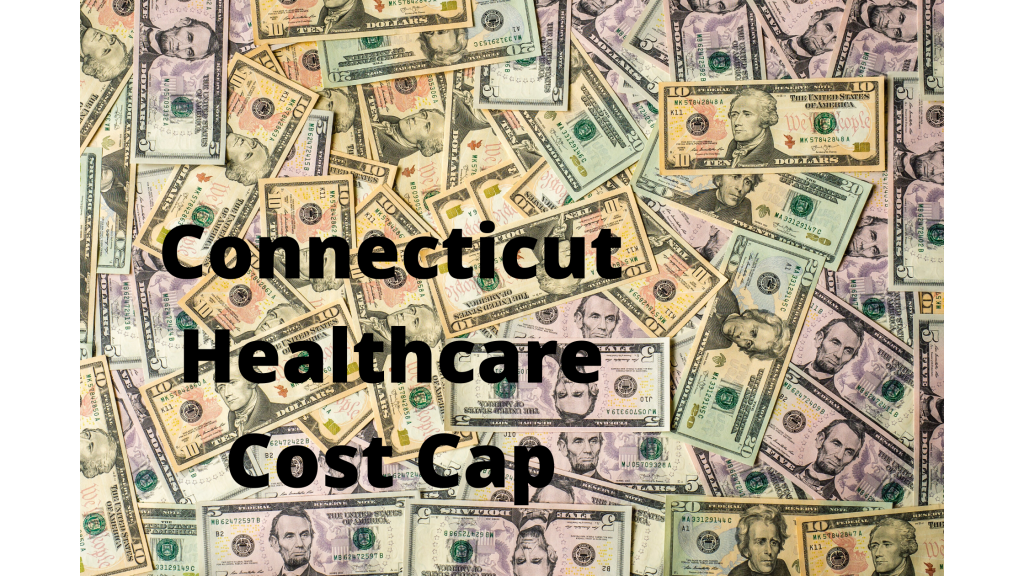Cost Cap outside input very different depending on perspectives

OHS got very different feedback on their Cost Cap project from two outside committees last week. The Healthcare Cabinet, chaired by OHS, was very supportive with one exception. In contrast, members of the Medicaid Oversight Council shared concerns only.
In some respects, this reflects the differing experiences with past reforms between Medicaid and commercial plans. Completely controlled by state government and having achieved impressive progress in controlling costs while improving quality, Medicaid has a lot to lose and too often reforms are imposed there (to solve problems that don’t exist there) because policymakers can. In contrast, consumer costs in commercial insurance are high and rising in Connecticut, while quality and value are average at best. However, the state has few levers to improve value in private plans.
The difference in receptivity to the Cost Cap is likely also due to very different stakeholders at each table. Cabinet membership is dominated by industries and state agencies with minimal consumer advocacy. MAPOC, on the other hand, has real world providers, decent consumer representation, and a long history of engagement and collaboration while holding administrators accountable.
Feedback from the Cabinet last Tuesday, with one exception, focused on provider reimbursements, details of how higher primary care spending will be implemented, how OHS will adjust for the impact of COVID, and dismissing any potential for underservice or other unintended consequences. OHS confirmed that they still intend to pursue controversial Performance Improvement Plans (PIPs) to enforce the Cost Cap. PIPs would be negotiated in secret with any payer or entity OHS says exceeded their Cap. The bill to implement PIPs did not pass this year because the legislative session ended early. OHS’s
In contrast, on Friday MAPOC members raised concerns about the Cost Cap including inadequate underservice monitoring, harm to vulnerable Medicaid members, the danger of PIPs to enforce the Cap, the lack of public input in Cost Cap planning, and jeopardizing hard won value improvements in the program.
Several members believed that quality improvement should be implemented before the Cost Cap rather than after. OHS’s consultant replied that, while they were not involved in drafting the Governor’s Executive Order, the reason quality reporting is delayed until after the Cost Cap is because it is hard to get consensus among providers about how and what to measure. There was no explanation for why providers, who will be subject to the measures, are driving that process.
A concern was offered that doubling primary care spending while reducing the total cost of healthcare is likely to cut other critical care, that research suggests that doubling primary care spending is not likely to start re-orienting the healthcare system toward primary care. Advocates have offered at least 38 better, safer, and more effective ways to support primary care in Connecticut. Concerns about primary care crowding out other critical services, especially important to the Medicaid population, were dismissed.
It was suggested that using economic measures to Cap healthcare costs is inappropriate. Healthcare availability should not depend year-to-year on gas prices or unemployment; in fact, a recession with high unemployment is the worst time to limit healthcare services.
Another concern centered on granting such extraordinary power to one agency with limited accountability or transparency, lasting into future administrations. Advocates are concerned about OHS’s track record in policymaking including increasing costs for patients and the state and increasing barriers to primary care access for over low-income 25,000 New Haven residents and plans to sell consumers’ sensitive medical records to insurers, large health systems, and potentially others.
Concerns were raised about using 2020 and 2021 as benchmark years to calculate the Cap, given the impact of the pandemic on healthcare spending.
According to OHS, the rush to implement the Cost Cap was due to public pressure. While it is true that policymakers are hearing strong concerns from voters about the costs of healthcare, it is not clear that voters would approve sacrificing quality or access to care to lower costs. In the past, bare bones insurance plans were not popular.
A further concern was raised about how unnecessary care would be identified and cut. A consumer advocate noted that the Cost Cap project is not giving consumers enough credit to know what works.
Concerns were raised that although proponents claim that the Cost Cap will result in lower consumers costs, there is no provision for that. It is entirely possible that only corporate entities will see any savings leaving consumers still paying too much.
Concerns were also raised about the cost of implementing the Cost Cap, estimated at $3.3 million by OFA five years ago.

